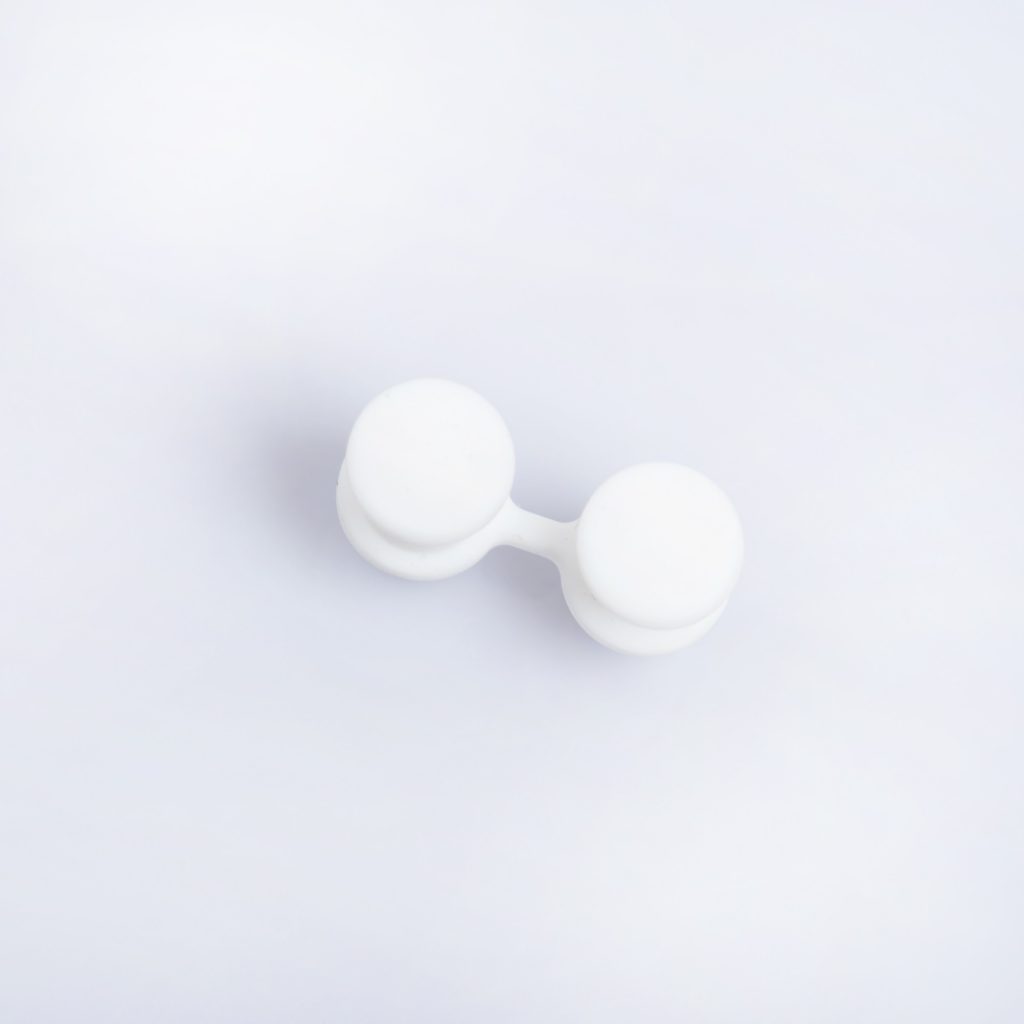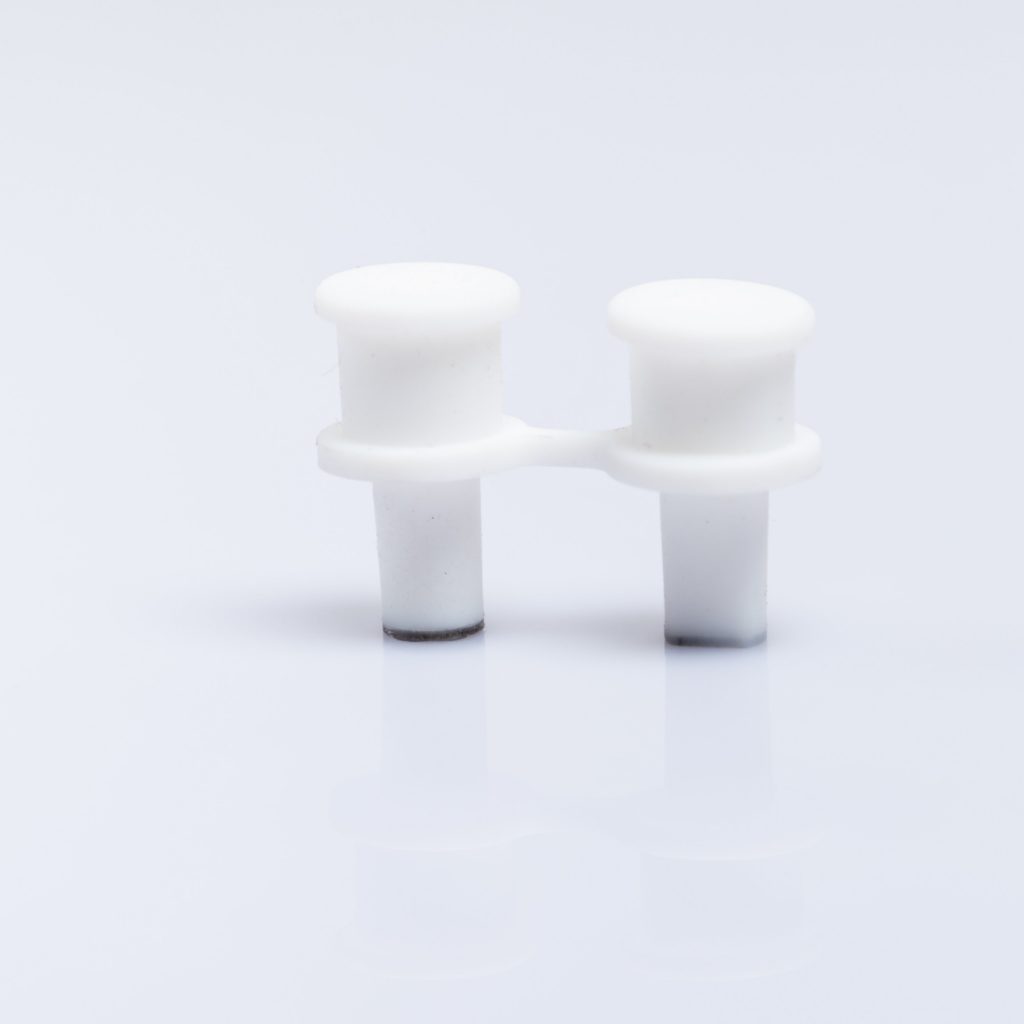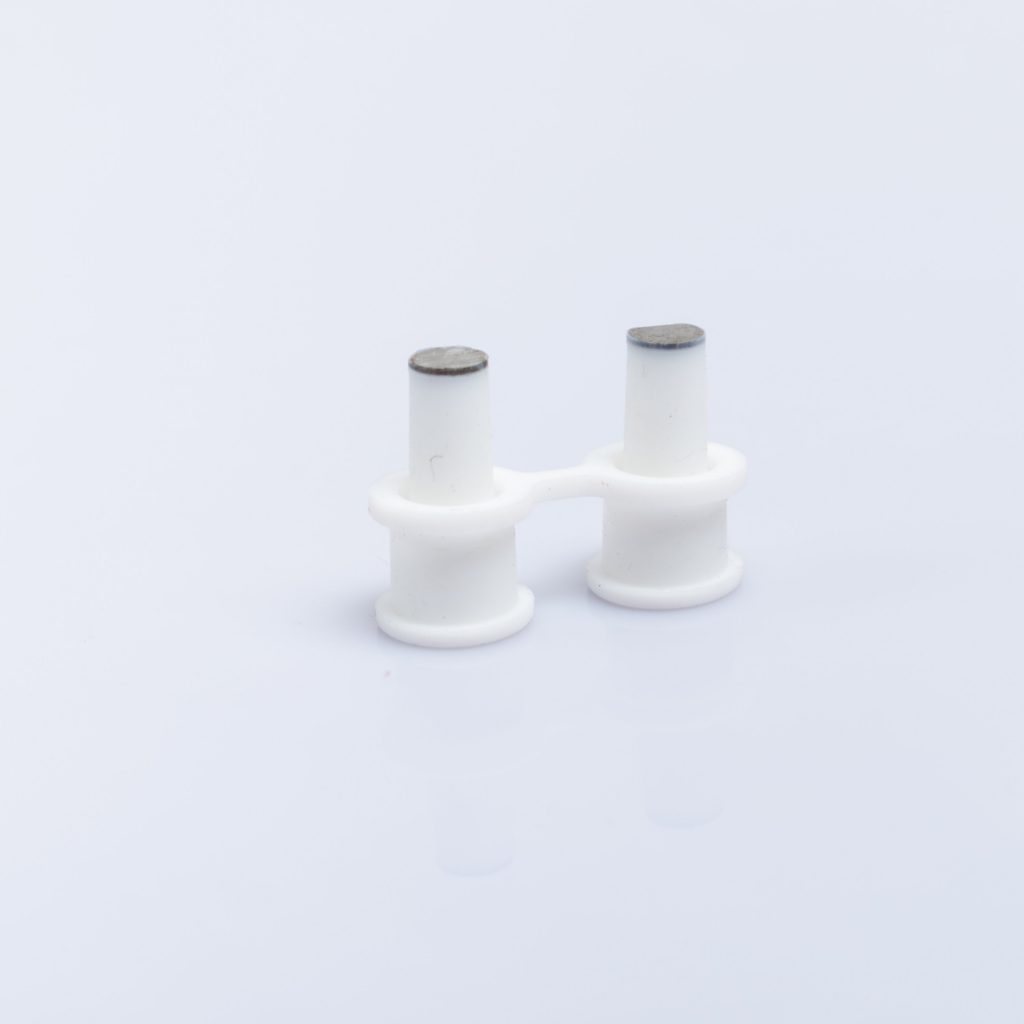Introduction
Rubber keypads are widely used in various electronic devices, providing a tactile and responsive interface for users. However, there is much more to rubber keypads than meets the eye. In this article, we will explore the lesser-known aspects of rubber keypad materials, shedding light on their composition, manufacturing process, durability, and applications. So, let’s dive in and discover the fascinating world of rubber keypad materials!
1. What are Rubber Keypads Made Of?
Rubber keypads are typically made of a flexible and durable material called silicone rubber. Silicone rubber is a synthetic elastomer known for its excellent heat resistance, water resistance, and electrical insulation properties. It is composed of a polymer backbone with silicon and oxygen atoms, combined with organic side groups that give it the desired properties.
2. The Manufacturing Process of Rubber Keypads
The manufacturing process of rubber keypads involves several steps to ensure the production of high-quality and reliable keypads. Here’s a brief overview of the process:
- Mold Design and Creation: The first step is to design a mold that will determine the shape and structure of the rubber keypads. The mold is typically made of steel or aluminum.
- Material Mixing: Silicone rubber is mixed with various additives, such as curing agents and colorants, to achieve the desired properties and appearance. The mixture is often prepared in a controlled environment to ensure uniformity.
- Injection Molding: The mixed rubber material is injected into the mold under high pressure and temperature. This process allows the rubber to take the shape of the mold and ensures precise detailing of the keypad’s buttons and features.
- Curing: The injected rubber is then cured in the mold to achieve its final physical properties. Curing can be done through heat or a chemical reaction, depending on the specific silicone rubber used.
- Finishing and Inspection: After curing, the rubber keypads are removed from the mold and undergo various finishing processes, such as trimming excess material and surface cleaning. Each keypad is inspected for any defects or imperfections before proceeding to the next stage.
- Printing and Coating: If required, symbols or labels can be printed on the rubber keypads using special inks or coatings. This step adds visual cues and enhances the user experience.
- Assembly: Finally, the rubber keypads are assembled into the electronic device, completing the manufacturing process.
3. Durability and Longevity of Rubber Keypads
Rubber keypads are known for their durability and longevity, making them suitable for a wide range of applications. Here are some factors that contribute to their robustness:
- Chemical Resistance: Silicone rubber is highly resistant to various chemicals, including oils, solvents, and cleaning agents. This resistance ensures that the keypads remain unaffected by common environmental factors.
- Temperature Resistance: Rubber keypads can withstand a wide temperature range, from extreme cold to high heat. This characteristic makes them suitable for devices used in demanding environments.
- Flexibility and Elasticity: The inherent flexibility and elasticity of silicone rubber allow the keypads to endure repeated use and actuation without losing their tactile response or structural integrity.
- Abrasion Resistance: Rubber keypads are designed to withstand regular wear and tear, including abrasion from continuous use or exposure to external forces.
4. Applications of Rubber Keypads
Rubber keypads find applications in various industries and devices due to their unique characteristics. Some notable applications include:
- Consumer Electronics: Rubber keypads are commonly used in smartphones, remote controls, gaming consoles, and other consumer electronic devices, providing a comfortable and reliable interface for users.
- Industrial Equipment: Industrial machinery, control panels, and equipment often utilize rubber keypads for their durability, ease of use, and resistance to harsh environments.
- Medical Devices: Rubber keypads are preferred in medical devices, such as diagnostic equipment and patient monitoring systems, as they can be easily cleaned, offer tactile feedback, and meet stringent safety standards.
- Automotive: Many automotive controls, such as audio systems, climate control panels, and steering wheel controls, rely on rubber keypads for their tactile response, durability, and resistance to temperature variations.
- Appliances: Rubber keypads are found in household appliances like washing machines, microwave ovens, and air conditioners, providing user-friendly interfaces and reliable operation.
5. Frequently Asked Questions (FAQs)
Q1. Are rubber keypads waterproof?
Yes, rubber keypads made of silicone rubber are generally waterproof or highly water-resistant. The inherent properties of silicone rubber make it an excellent choice for applications where moisture resistance is crucial.
Q2. Can rubber keypads be customized with specific designs or symbols?
Certainly! Rubber keypads can be customized with specific designs, symbols, or even backlit features. Printing or coating techniques are used to apply the desired visual elements on the keypads.
Q3. How long do rubber keypads typically last?
The lifespan of rubber keypads depends on various factors, including the quality of the material, frequency of use, and operating conditions. However, with proper care and usage, rubber keypads can last for several years.
Q4. Can rubber keypads be repaired if damaged?
In some cases, minor damages to rubber keypads can be repaired. However, significant damage may require the replacement of the entire keypad. It is advisable to consult the manufacturer or a professional technician for repair options.
Q5. Are rubber keypads compatible with touchscreens?
Rubber keypads and touchscreens serve different purposes and operate using different technologies. However, it is possible to integrate rubber keypads with touchscreens to provide a hybrid interface, combining physical buttons with touch-sensitive functionalities.
Q6. Are rubber keypads eco-friendly?
Silicone rubber, the primary material used in rubber keypads, is considered more eco-friendly compared to other materials like PVC. Silicone rubber is non-toxic, recyclable, and has a lower impact on the environment during production and disposal.
Conclusion
Rubber keypads are versatile components that offer tactile feedback, durability, and customization options. With their unique properties and extensive applications, they have become an integral part of many electronic devices across various industries. Understanding the materials and manufacturing process behind rubber keypads provides valuable insights into their reliability and functionality. So, the next time you use a rubber keypad, remember the hidden wonders of its composition and design!


